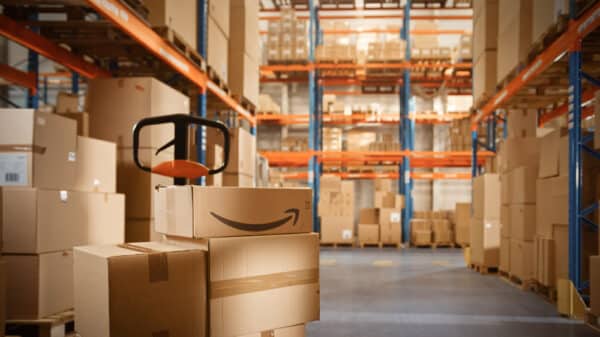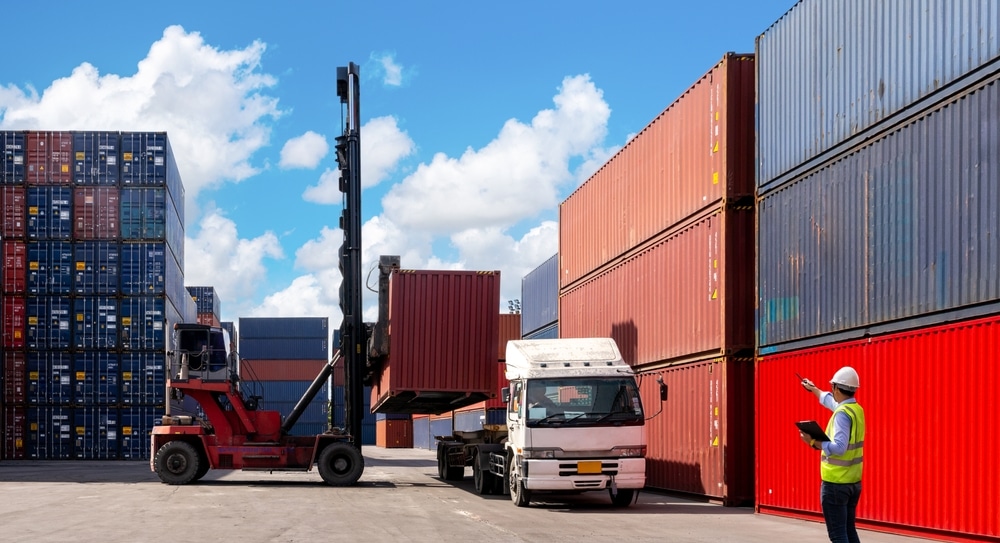As of May 2, 2025, a significant shift in U.S. trade policy has left many retailers scrambling to adapt. The end of the tariff exemption for small parcels has led several retailers to suspend shipments to American customers. Others are quickly seeking out temporary solutions, hoping for a revision of the new tariff rates that could ease the financial burden.
The repeal of the “de minimis” rule, which allowed duty-free treatment for e-commerce packages valued under $800 coming from China and Hong Kong, is particularly impactful. Now, most imports are subject to staggering tariffs reaching as high as 145%. This dramatic increase was announced by former President Donald Trump last month, causing ripples across global e-commerce landscapes and prompting swift retaliation from Beijing.
British beauty retailer Space NK has already put all e-commerce orders to the U.S. on hold. They cited the need to avoid passing on incorrect or extra costs to their customers in a notice issued earlier this week. Similarly, Understance, a lingerie brand based in Vancouver that sources its products from China, shared their decision to stop U.S. shipments on Instagram, contemplating a possible return once trade policies become clearer.
Experts are voicing deep concerns about the untenable jump from zero tariffs to a staggering 145%. According to Cindy Allen, CEO of Trade Force Multiplier, many small and medium-sized businesses are forced to reconsider their presence in the U.S. market entirely.
Now, the import charges applied vary based on shipping methods. The U.S. Postal Service imposes a 120% tariff on an item’s value or a flat fee of $100 per package. There’s an announcement that U.S. Customs and Border Protection will further increase this fee to $200 come June.
Retailers that remain committed to serving the American market are adjusting their prices in a bid to offset these staggering costs. British fashion label Oh Polly has already raised prices by 20% for their U.S. customers. Mike Branney, the company’s managing director, indicated that further price hikes may follow, depending on the changing dynamics of international trade.
Shein, the popular Singapore-based fast-fashion platform primarily sourcing from China, has addressed its U.S. customers directly through social media, reassuring them that while prices may vary, many collections still remain affordable. Notably, the U.S. is Shein’s largest market. Meanwhile, Temu, the global arm of PDD Holdings, is labeling items already in U.S. warehouses as “Local,” notifying consumers that these products won’t incur additional import charges. However, this temporary shield won’t last long, as stock imported before the May 2 cutoff will eventually dwindle.
In anticipation of these changes, both Shein and Temu have already reduced their digital advertising in the U.S., signaling an understanding that consumer demand might drop. Yet, neither company has provided immediate comments on the situation.
The fallout from this e-commerce shift is complicated further by the compliance burdens it imposes on retailers. Initially designed to simplify international shopping, the de minimis rule faced criticism for facilitating the smuggling of dangerous goods like fentanyl and for allowing low-cost Chinese products to flood the U.S., which includes apparel and toys from platforms such as Shein and Temu.
The removal of the exemption means that retailers now face the daunting task of submitting detailed documentation to customs, outlining the origins of each product component. This added administrative load, coupled with steep tariffs, is discouraging many smaller businesses from accessing the U.S. market altogether. UPS CEO Carol Tomé has pointed out that many small-to-medium enterprises that source all their goods from China are particularly vulnerable now.
To help facilitate compliance, Etsy has announced plans to simplify the process for vendors, making it easier for them to indicate a product’s country of origin—an essential move since tariffs depend on where a product is manufactured, not where it’s shipped from.
Interestingly, while this policy shift has caused chaos in the e-commerce space, it might present new opportunities for traditional brick-and-mortar retailers. Retailers like Primark, which solely operates physical stores in the U.S. and doesn’t currently offer online shopping, could see a surge in foot traffic as customers seek value amidst rising prices in online markets.
George Weston, CEO of Associated British Foods, owns Primark and expressed his belief that these new trade dynamics might push American consumers back into shopping centers to find better deals.
Even amid these changes, Trump has defended the repeal of the de minimis exemption, calling it “a big scam” against the U.S. economy. He accused foreign e-commerce platforms of exploiting the rule at the expense of American small businesses. Admitting that this shift may result in consumers buying fewer items—like “two dolls instead of 30”—he hinted at increased costs for everyday purchases.
Originally established in 1938, the de minimis exemption permitted U.S. travelers to bring home goods valued up to $5 without declaration. This limit rose to $800 in 2016, and in fiscal 2024, about 1.36 billion shipments entered the U.S. utilizing this rule, with a staggering 60% originating from China.
With the cutoff date passed, parcels below the $800 threshold now face a 120% tariff or a flat $100 fee, which will climb to $200 in June, in addition to the existing 145% tariffs on most goods imported from China due to ongoing trade tensions.
The White House has also noted concerns that Chinese sellers have frequently exploited shipping practices to take advantage of the loophole. Businesses in the U.S. have long urged the closure of this loophole, believing it has led to an uneven playing field.
DHL Group CEO Tobias Meyer has responded cautiously to the policy changes, indicating the impact will depend on how U.S. customs define formal versus informal clearances. He hinted that extra data required for formal entries could complicate logistics for smaller shipments.
The landscape of global commerce is shifting rapidly, and while these changes may present challenges, they might also foster an environment of innovation and adaptation among U.S. retailers and consumers alike. Though the immediate future feels uncertain, the resilience of businesses and the shopping preferences of consumers will ultimately shape the e-commerce narrative in the U.S.
Image Source: Pakorn Khantiyaporn / Shutterstock



























